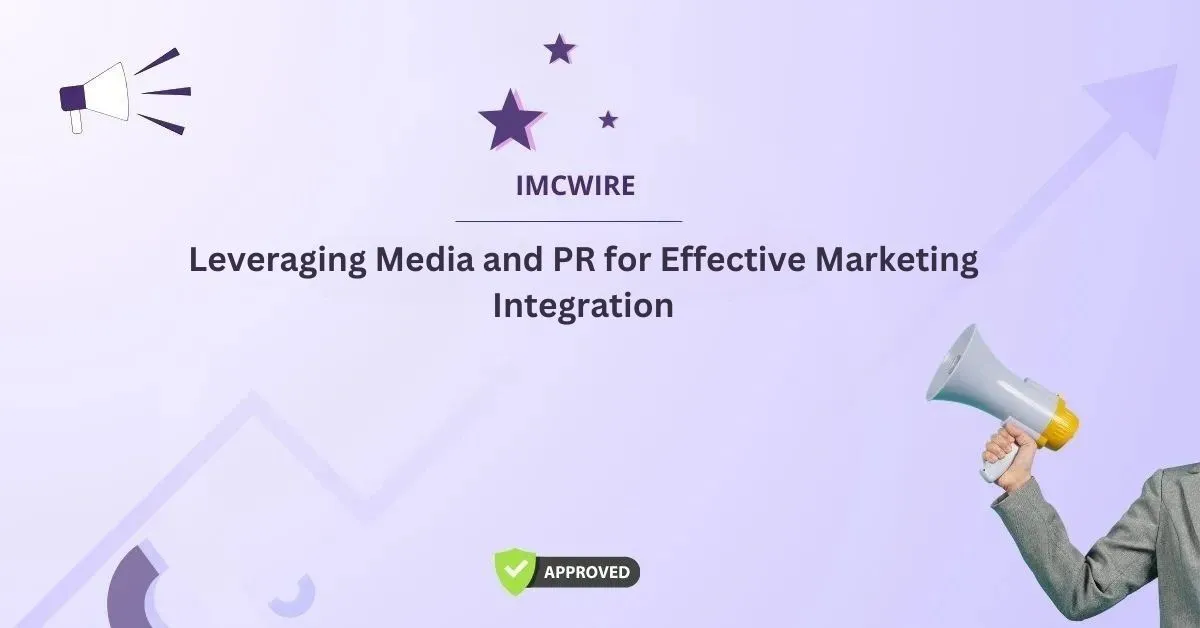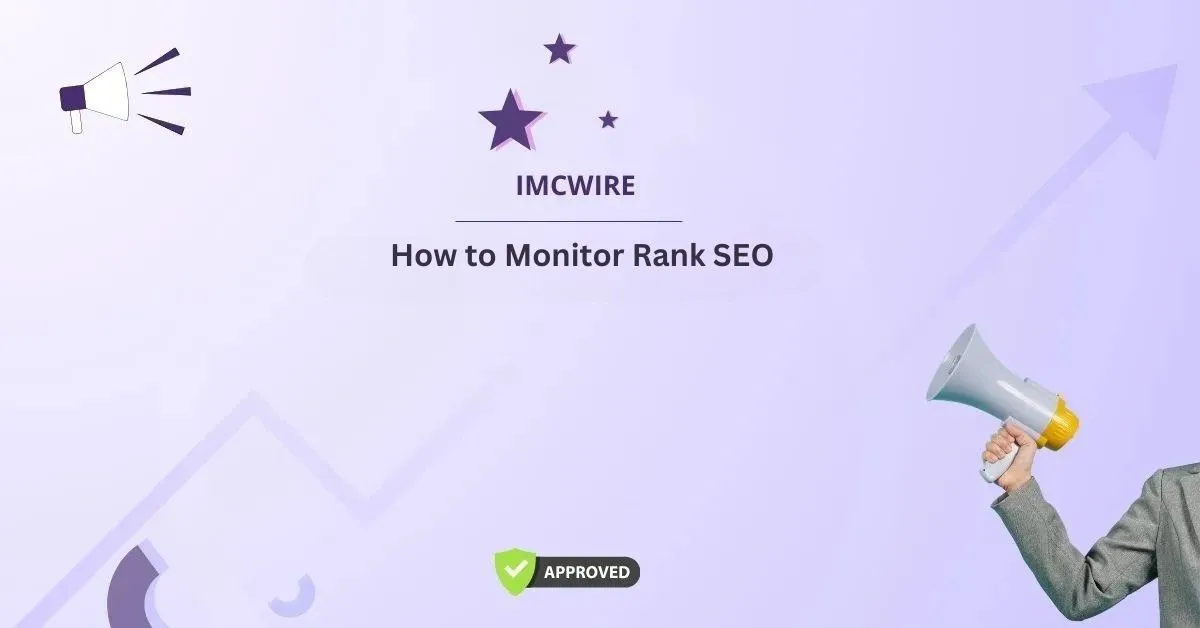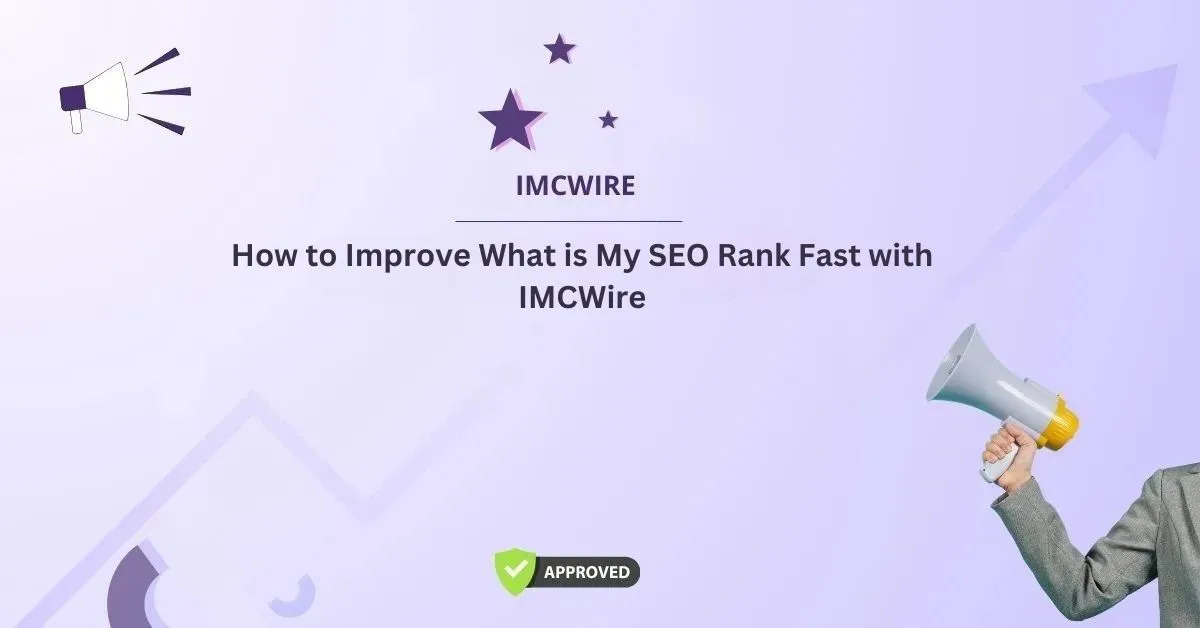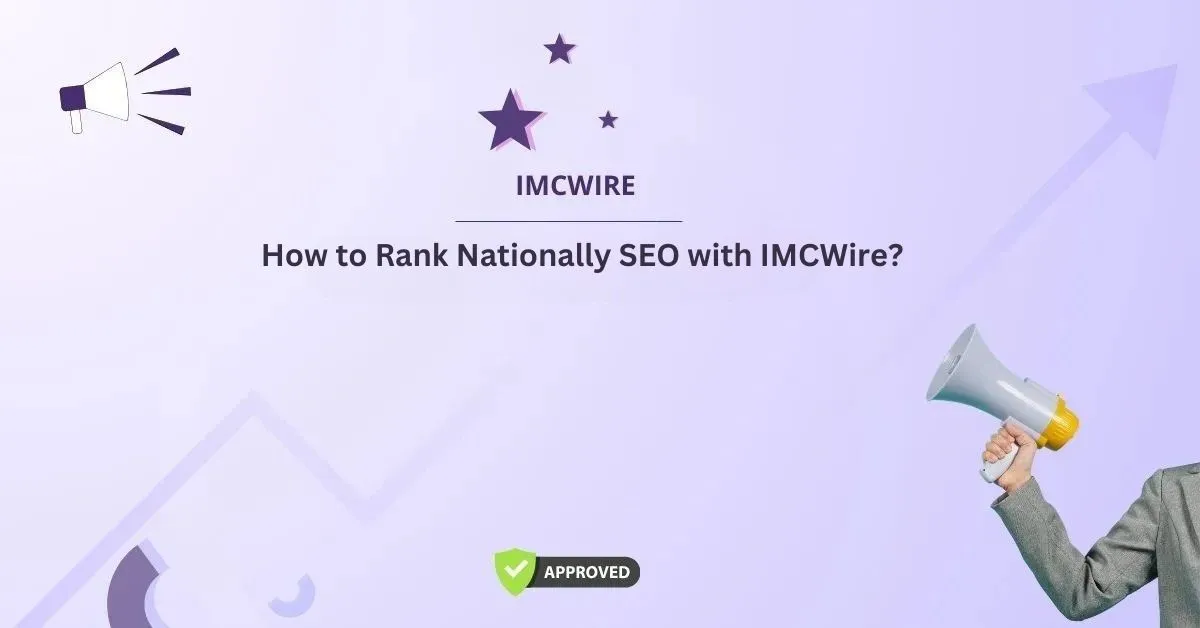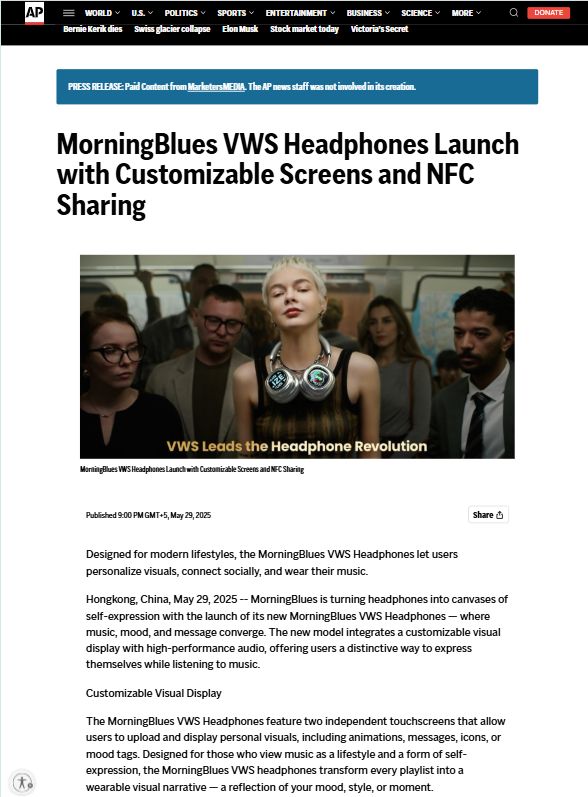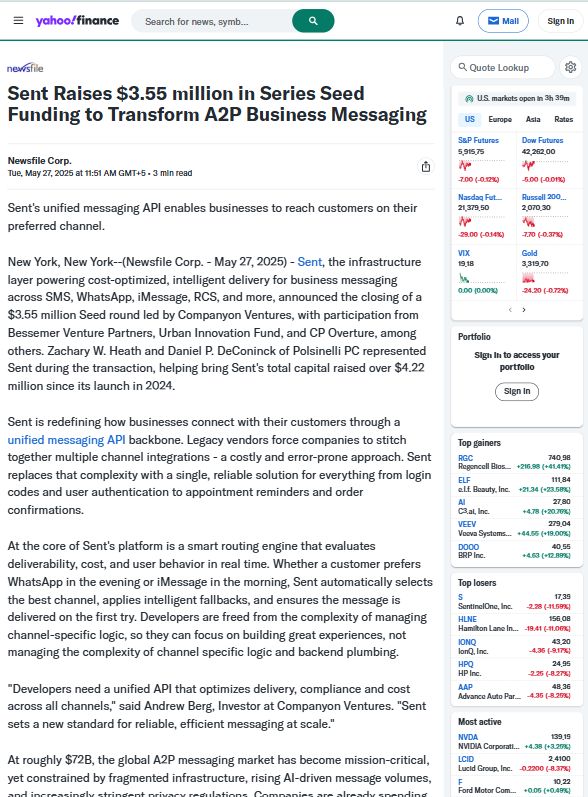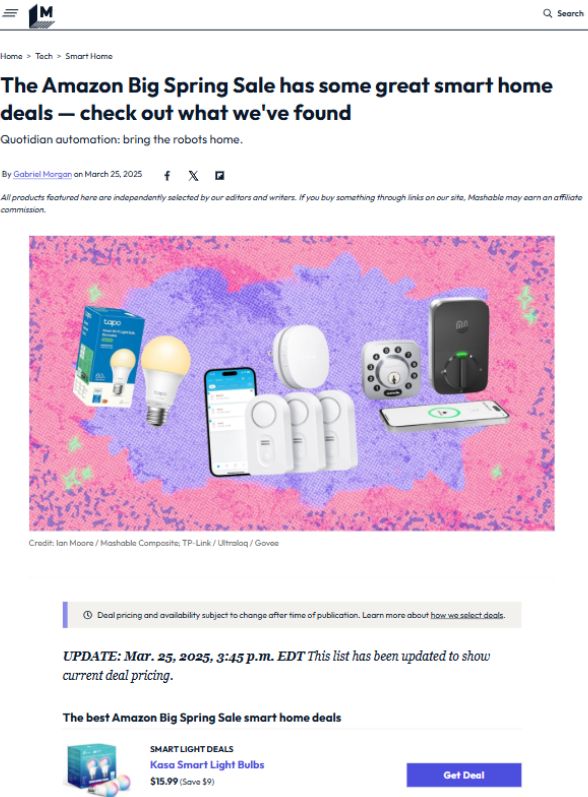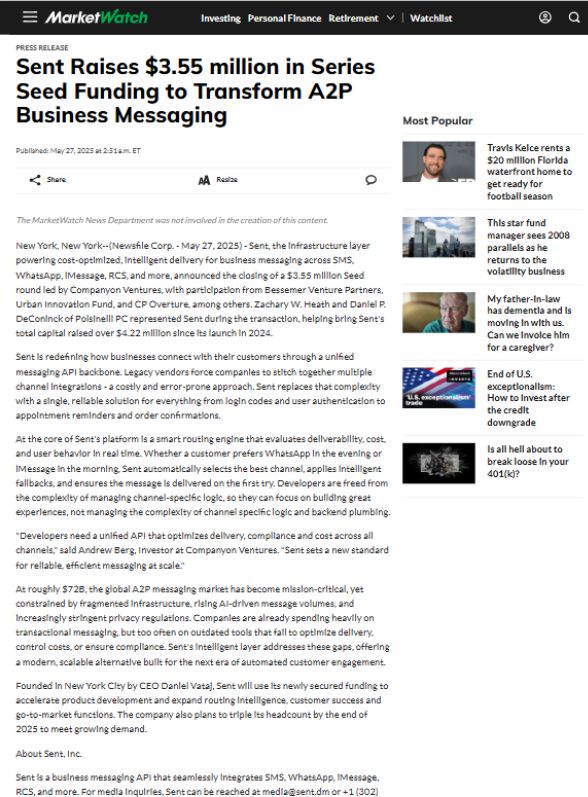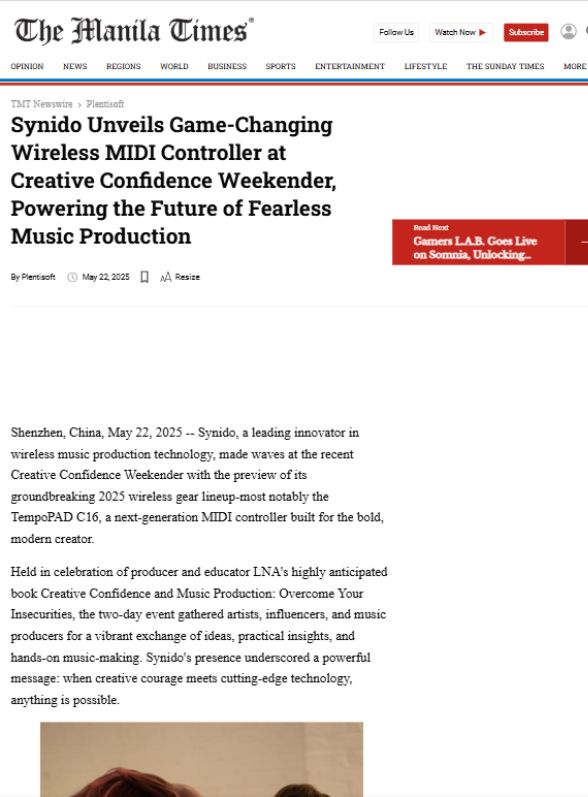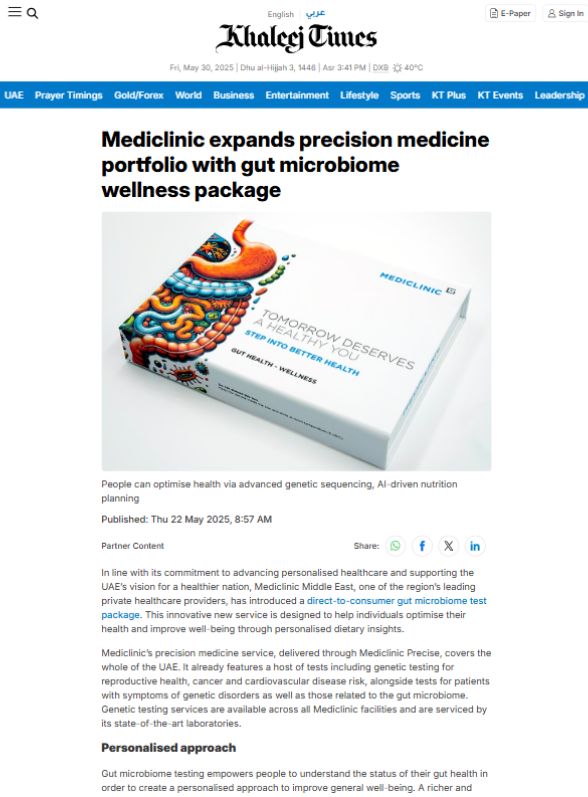In today’s fast-paced digital landscape, businesses and organizations are continually looking for ways to stay ahead of the curve. One of the most effective ways to do so is through a strategic approach that integrates all aspects of marketing communication. The concept of Integrated Marketing Communication (IMC) has gained significant traction in recent years, and at its core, media and public relations (PR) play crucial roles in making this integration a success. In this blog, we will explore the importance of media and PR within the IMC framework, their functions, and how organizations can leverage these tools to build a stronger brand presence.
Table of Contents
Understanding Media and PR in IMC
Before diving into their individual roles, it’s important to first understand the relationship between media, PR, and IMC. Integrated Marketing Communication is about ensuring consistency across all marketing efforts, whether it’s advertising, social media, content marketing, or public relations. The goal is to send a unified message across all platforms, so your audience receives the same key messages, regardless of where they encounter your brand.
Media refers to the channels through which a company communicates with its audience, including television, radio, newspapers, digital platforms, and social media. PR, on the other hand, is the management of how a company communicates with the public, managing its reputation, handling crises, and fostering positive relationships with journalists, influencers, and key stakeholders.
Together, media and PR work hand-in-hand to ensure that a brand’s message is amplified through the right channels, at the right time, and to the right audience.
The Impact of Media and PR on Brand Awareness
One of the most significant contributions of media and PR within the IMC framework is the ability to build brand awareness. Media channels, whether digital or traditional, provide platforms to disseminate the brand’s message to a wide audience. PR efforts, on the other hand, ensure that the message resonates with the target demographic and garners positive attention from media outlets.
Public relations professionals work tirelessly to craft press releases, handle media inquiries, and build relationships with journalists to secure media coverage. By securing positive media exposure, companies can build their credibility and reach a broader audience without the direct cost of advertising.
Media and PR in Crisis Management
No brand is immune to challenges, and at times, a crisis can arise that threatens to damage a company’s reputation. This is where media and PR become indispensable. A well-thought-out PR strategy can be the difference between a minor issue and a full-blown public relations disaster.
PR professionals are equipped with the tools to manage crises, address public concerns, and work with media outlets to ensure that the brand’s side of the story is communicated effectively. Whether it’s responding to a product recall, addressing a customer complaint, or managing negative press, PR professionals ensure that a company’s reputation remains intact and that the public message is aligned with the brand’s values.
The Role of Media and PR in Influencing Consumer Behavior
In today’s market, consumers are more likely to trust recommendations from third-party sources, such as media outlets or influencers, than traditional advertisements. Media and PR professionals have the ability to shape how consumers perceive a brand, ultimately influencing their purchasing decisions.
PR professionals build relationships with influencers, bloggers, and journalists who can review products or services and share their experiences with their followers. This kind of organic marketing is often more trusted than traditional advertising and can have a lasting impact on consumer behavior.
Media and PR Integration with Other Marketing Channels
While media and PR are essential components of any IMC strategy, they do not operate in isolation. They must be integrated with other marketing efforts, such as advertising, content marketing, and social media campaigns, to be truly effective.
For example, when launching a new product, a brand might use media and PR to secure press coverage and generate buzz. At the same time, they might run targeted ads on social media platforms, share behind-the-scenes content on their blog, and release educational videos to further support their messaging. By ensuring that each communication touchpoint reinforces the other, brands can create a cohesive and impactful marketing strategy.
The Evolving Role of Social Media in PR and Media Strategy
The digital age has transformed the landscape of both media and public relations. Social media has become a dominant force in how brands communicate with their audiences. It provides a direct, real-time channel for companies to engage with customers, respond to inquiries, and address concerns.
PR professionals now need to have a deep understanding of social media platforms and the unique dynamics of each. A well-executed social media strategy can complement traditional media efforts and help foster deeper relationships with the target audience. Moreover, social media influencers have emerged as powerful brand advocates, and working with them has become a core component of many PR strategies.
Measurement and Evaluation in Media and PR
To ensure that media and PR efforts are yielding the desired results, it’s crucial to measure and evaluate the impact of these activities. Metrics such as media coverage, audience reach, sentiment analysis, and website traffic can help organizations gauge the effectiveness of their media and PR strategies.
For PR, it’s important to track the quality of media coverage, not just the quantity. Positive, in-depth coverage from reputable sources carries more weight than multiple mentions in less authoritative outlets. For media, tracking impressions, engagement rates, and conversions can provide insights into how well the brand’s message is resonating with its audience.
Conclusion
In the ever-evolving landscape of marketing, media and PR remain essential pillars in creating a successful integrated marketing communication strategy. By leveraging the power of media channels and public relations tactics, businesses can build brand awareness, foster positive relationships with their audience, manage crises, and influence consumer behavior.
For IMC to be truly effective, media and PR must be seamlessly integrated with other marketing channels, ensuring that every touchpoint communicates a consistent message. In today’s digital-first world, the role of media and PR in shaping brand perception and driving success has never been more critical.

